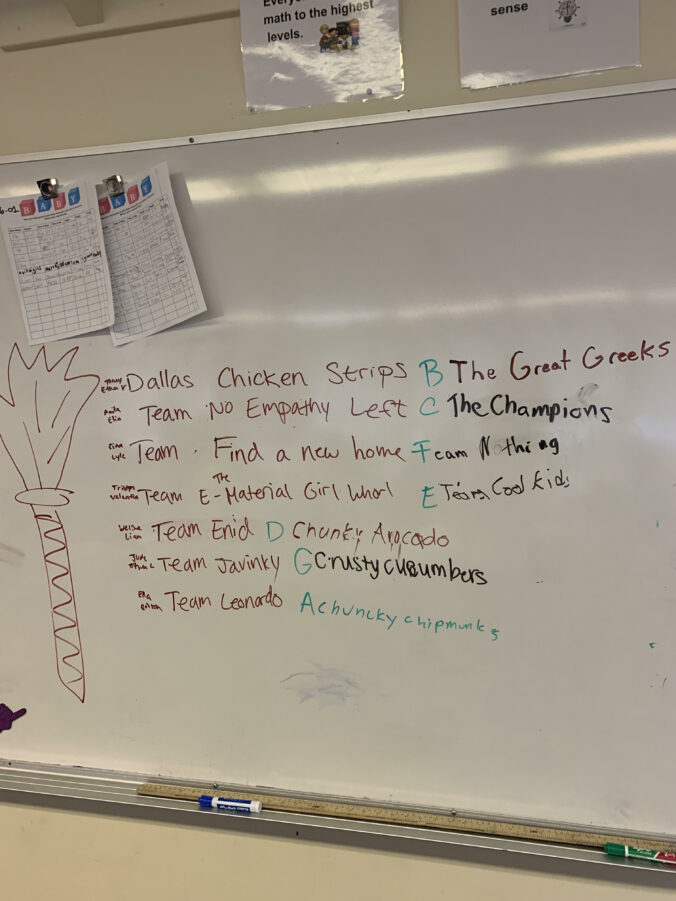I decided to do my topic on experimental learning. Experiential learning is a powerful way to help people identify changes required to their skills, attitudes and behaviours, then implement intended changes for better performance. Experiential learning is one that I use in my educational practice often. I identify most with experimental learning because I usually learn by actively ‘doing’ the subject I am learning.
Experiential learning is learning by doing. An example of experiential learning is participating and actively doing a task based on what an individual is learning. If a learner aims to understand how to advocate for consumer sustainability (the subtopic POD 5 is working on), one will use the 3-2-5 method. The goal would be that by the end of the lesson. Learners will be able to identify three tangible ways they can advocate for consumer sustainability in Victoria, BC. Learners ideally will be able to classify proper protest etiquette, how to format a letter to officials about meaningful change, and communication techniques to educate others on sustainability within Victoria, BC. By the end of the lesson. Learners will be able to identify three tangible ways they can advocate for consumer sustainability in Victoria, BC. Learners will be able to classify proper protest etiquette, how format a letter to officials about meaningful change, and communication techniques to educate others on sustainability within Victoria, BC. Learners will comprehend information by reflecting and ‘doing’ the work given.
The characteristics of experimental learning align with our design project because learners will conceptualize how to learn through actively doing the learnings shown. However, it will be tricky to identify if learners will actively participate with the learnings provided; the 3-2-5 method aids in this process by reflecting understandings and how to participate and do teachings actively.


Recent Comments